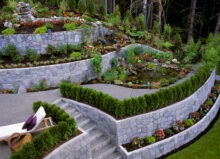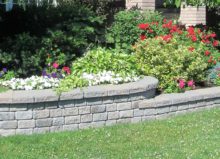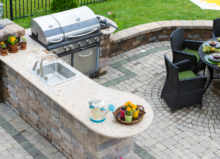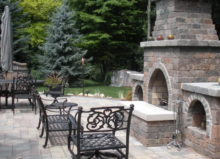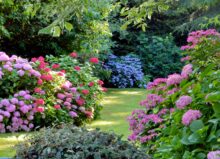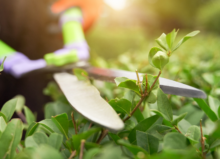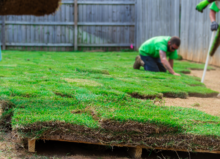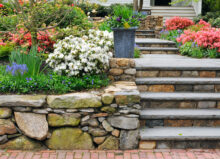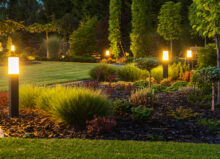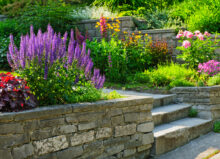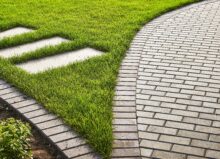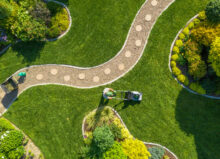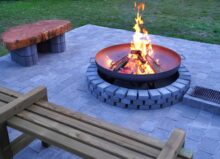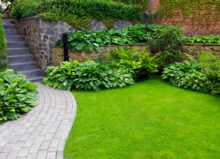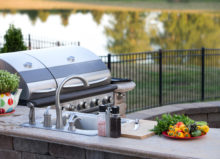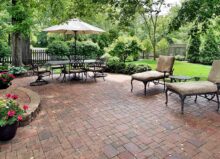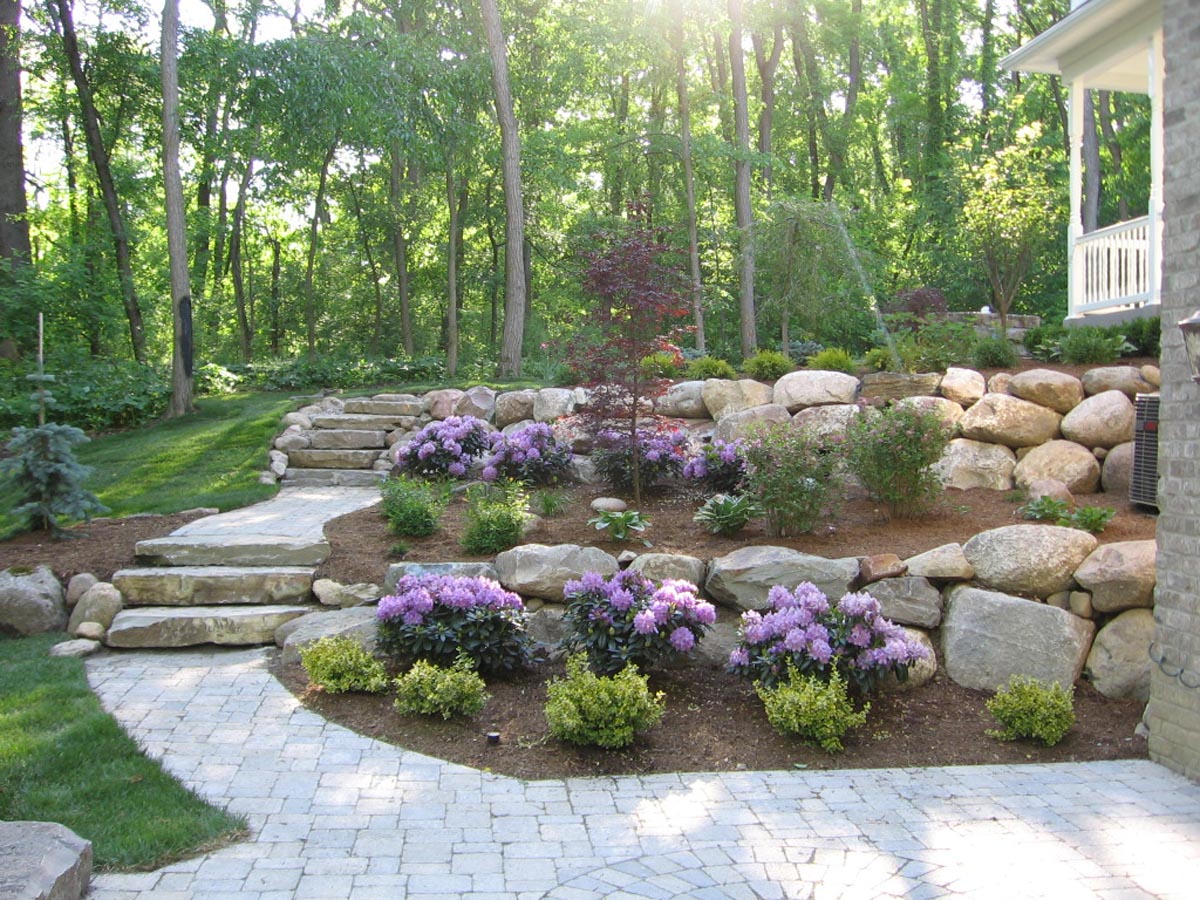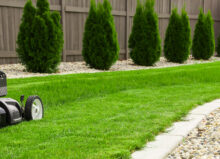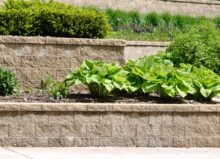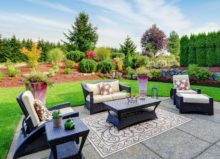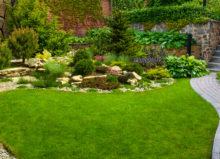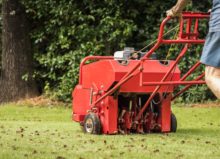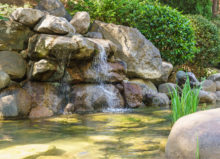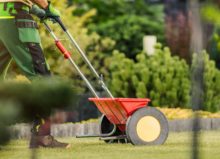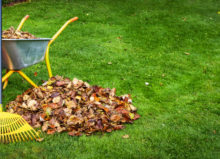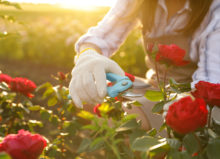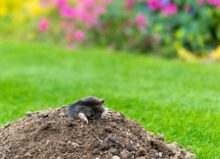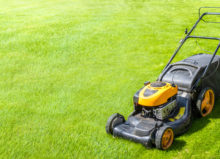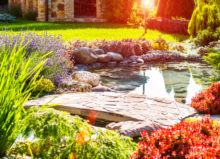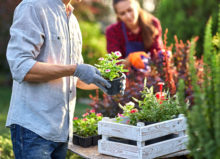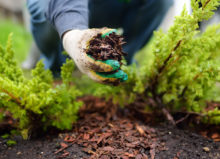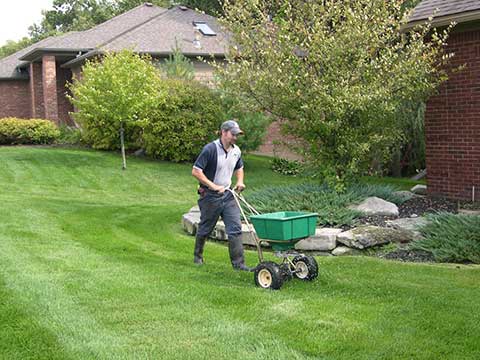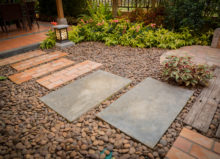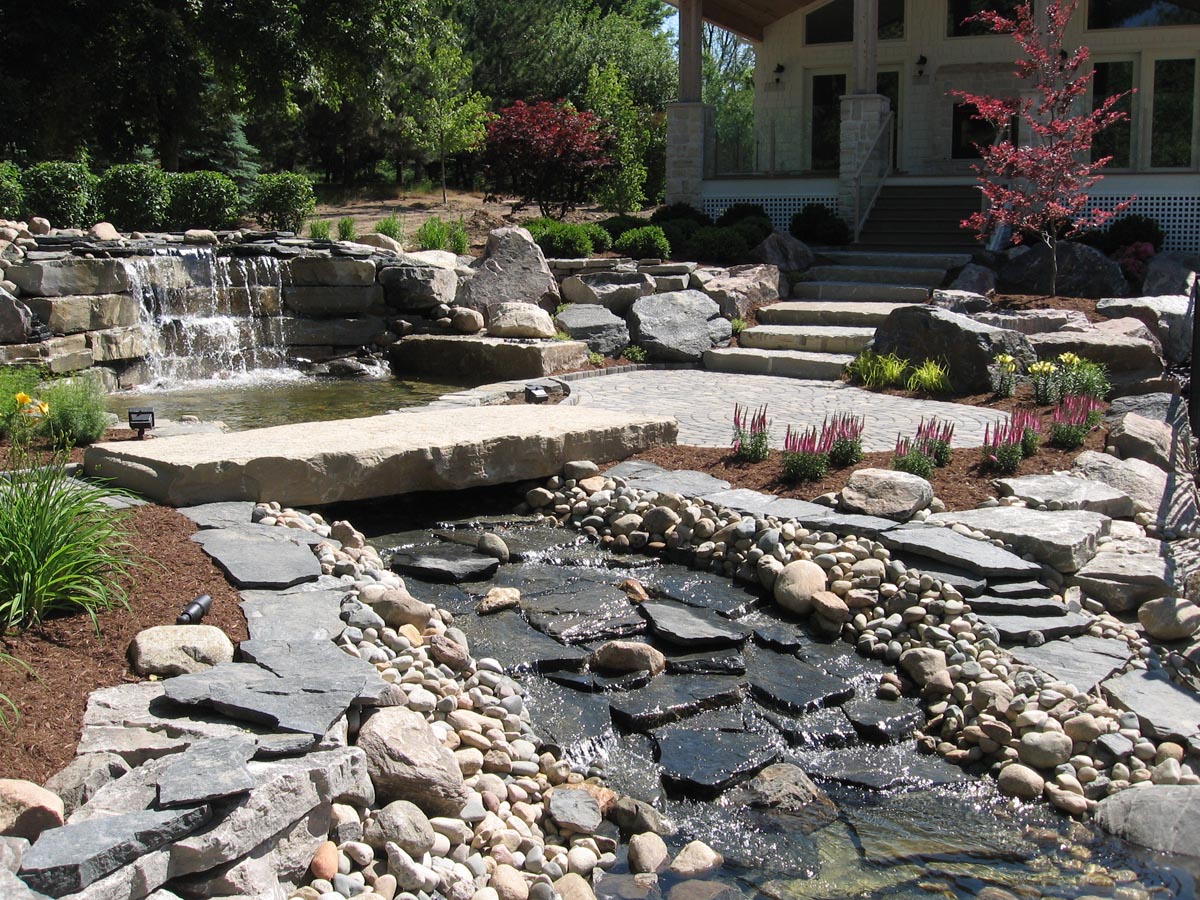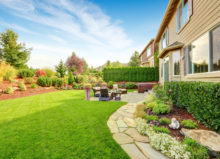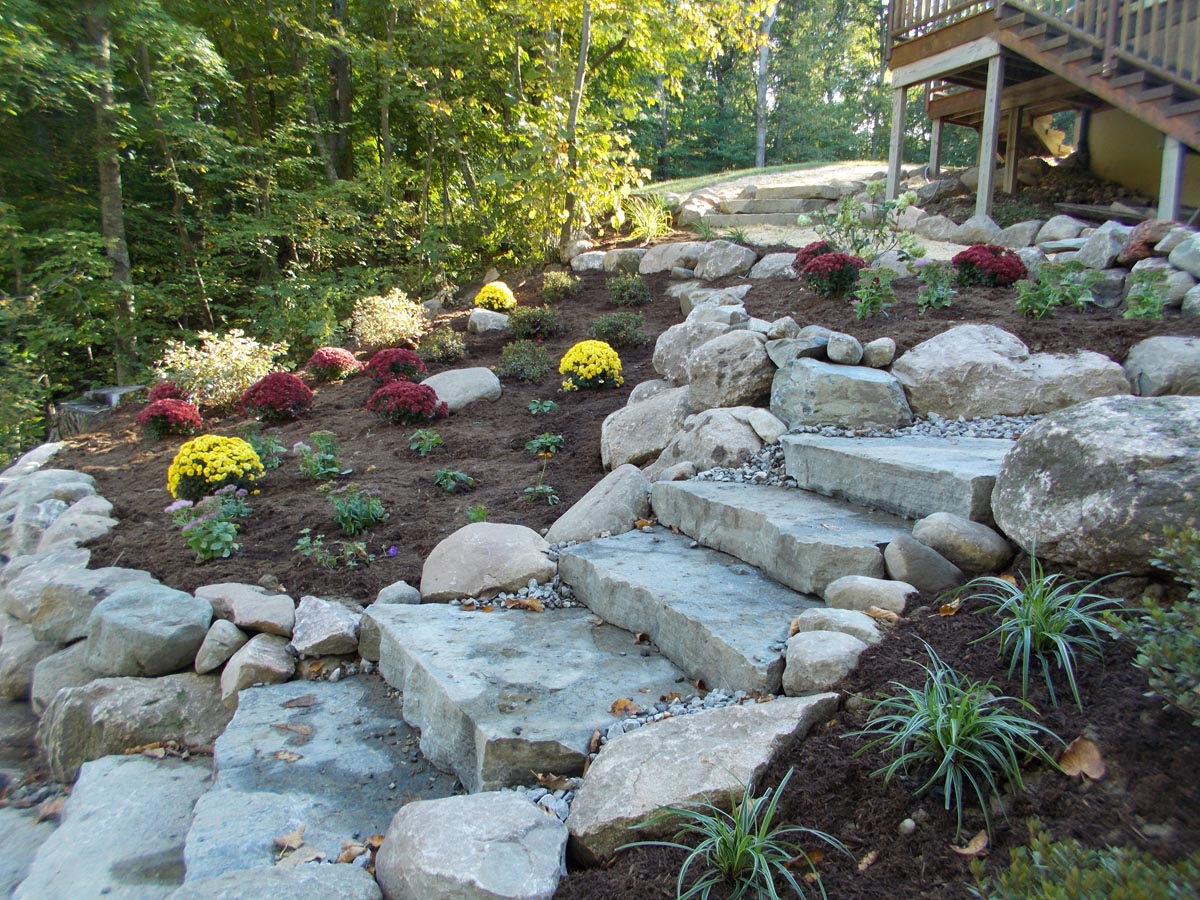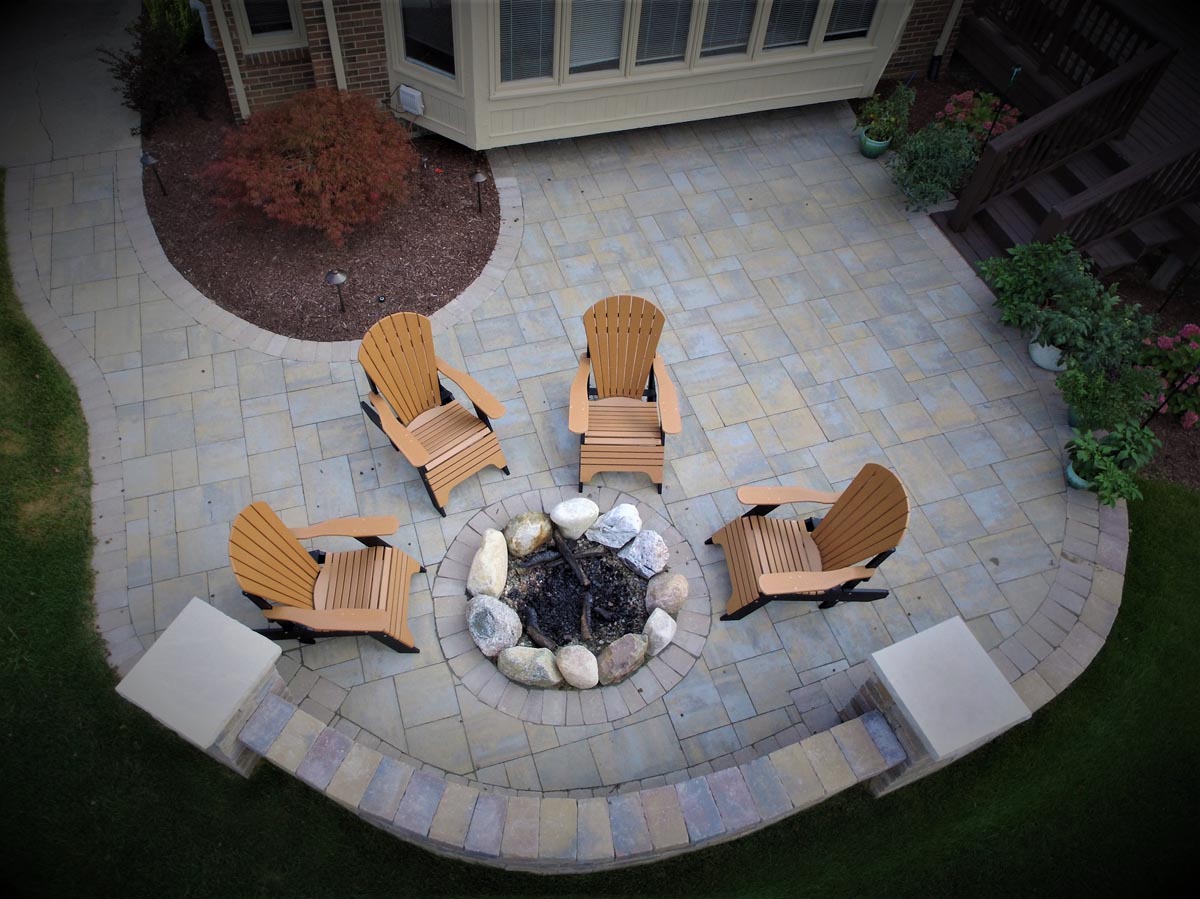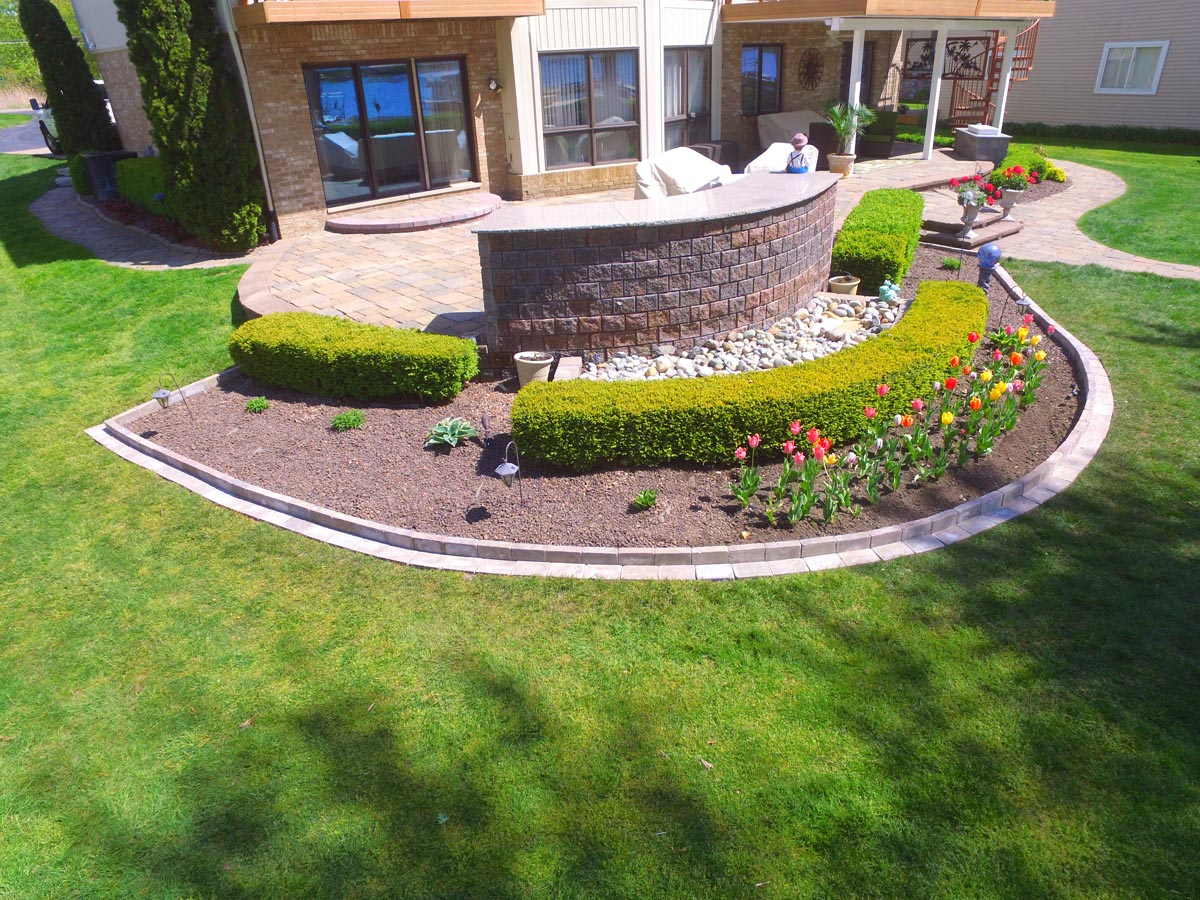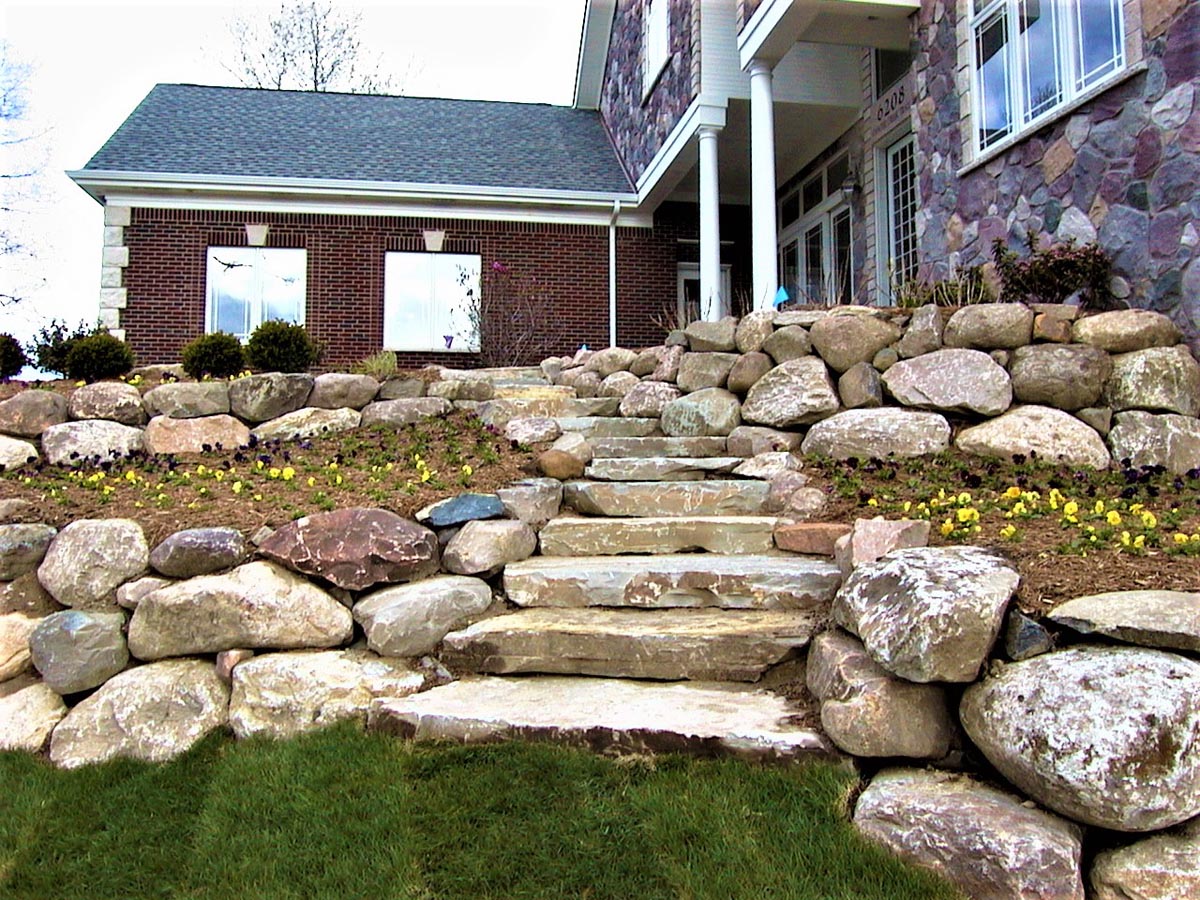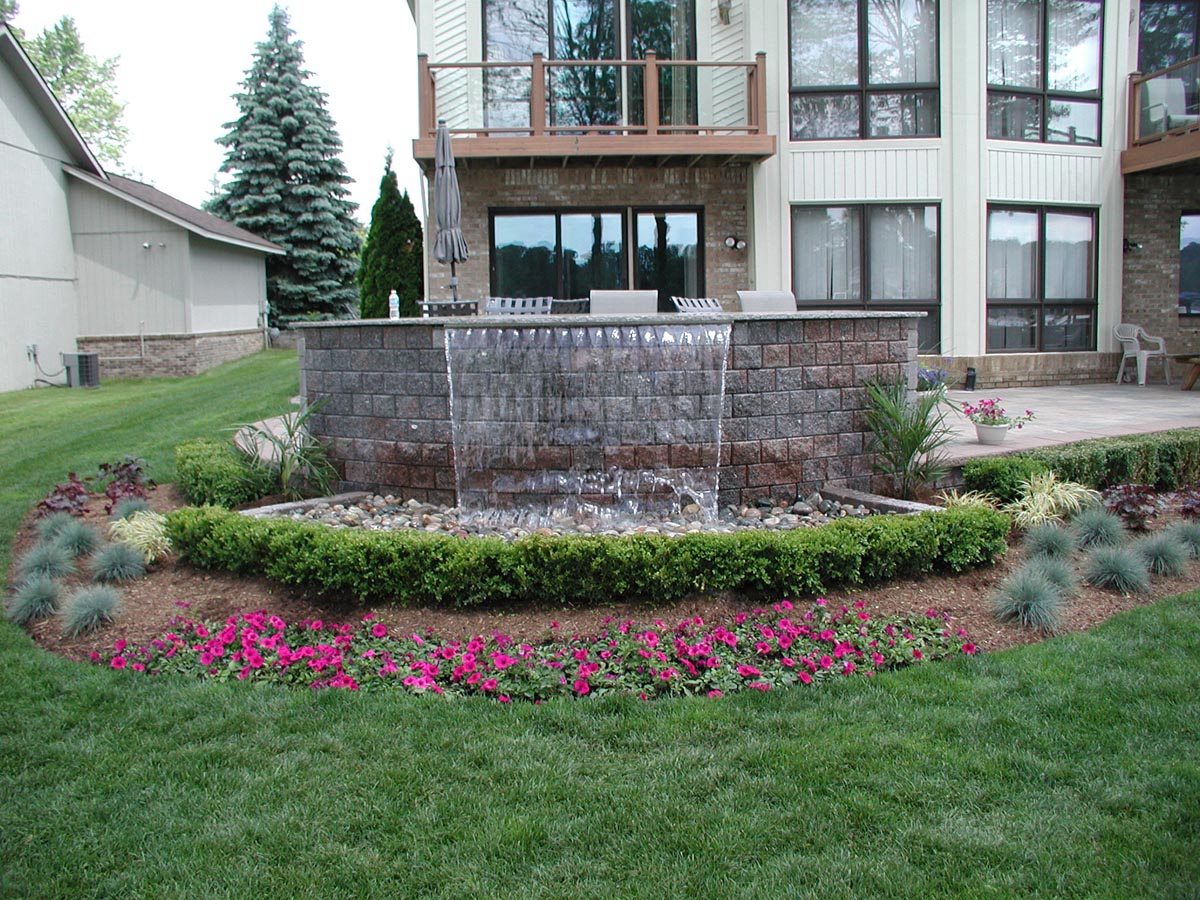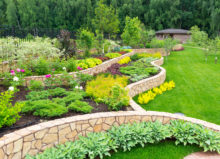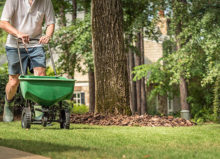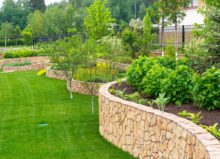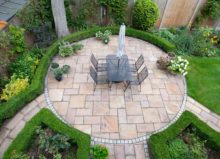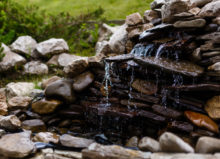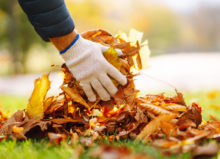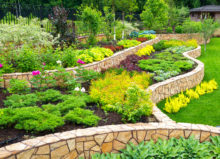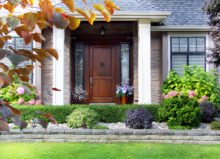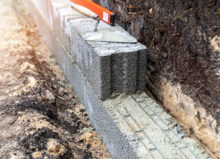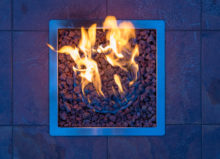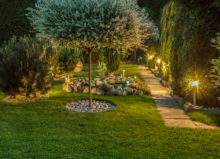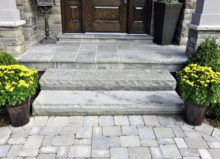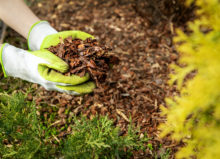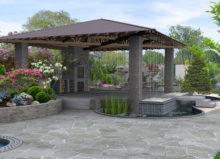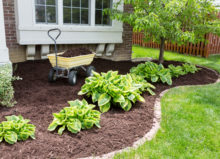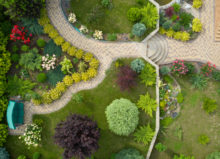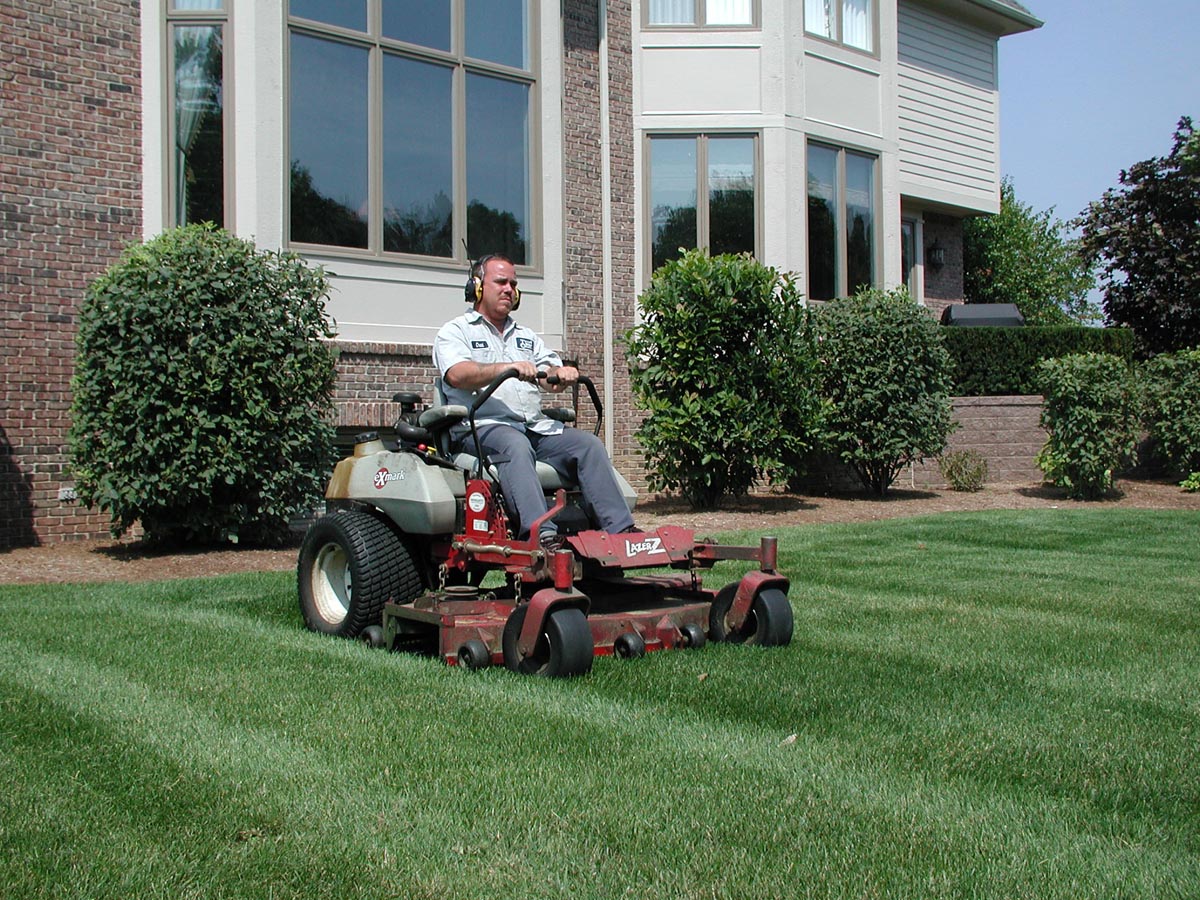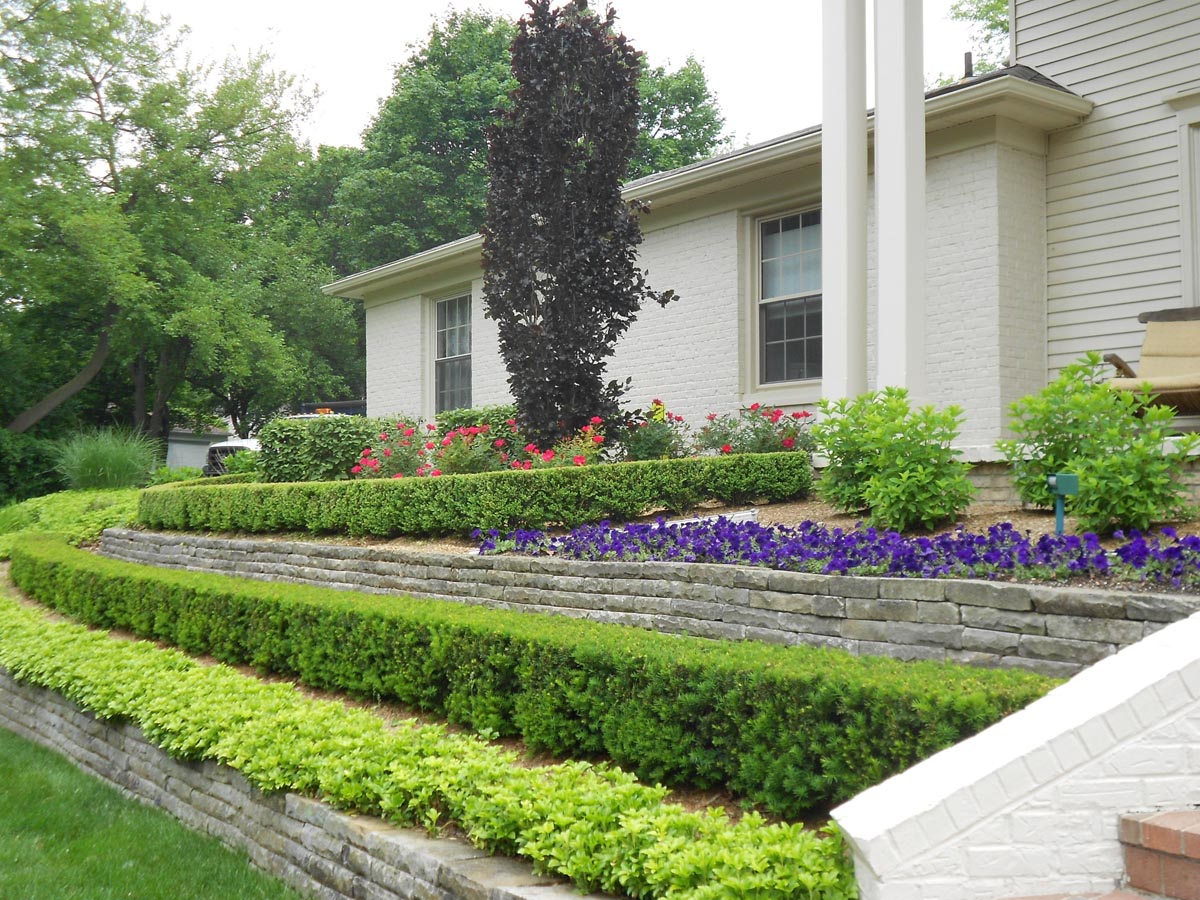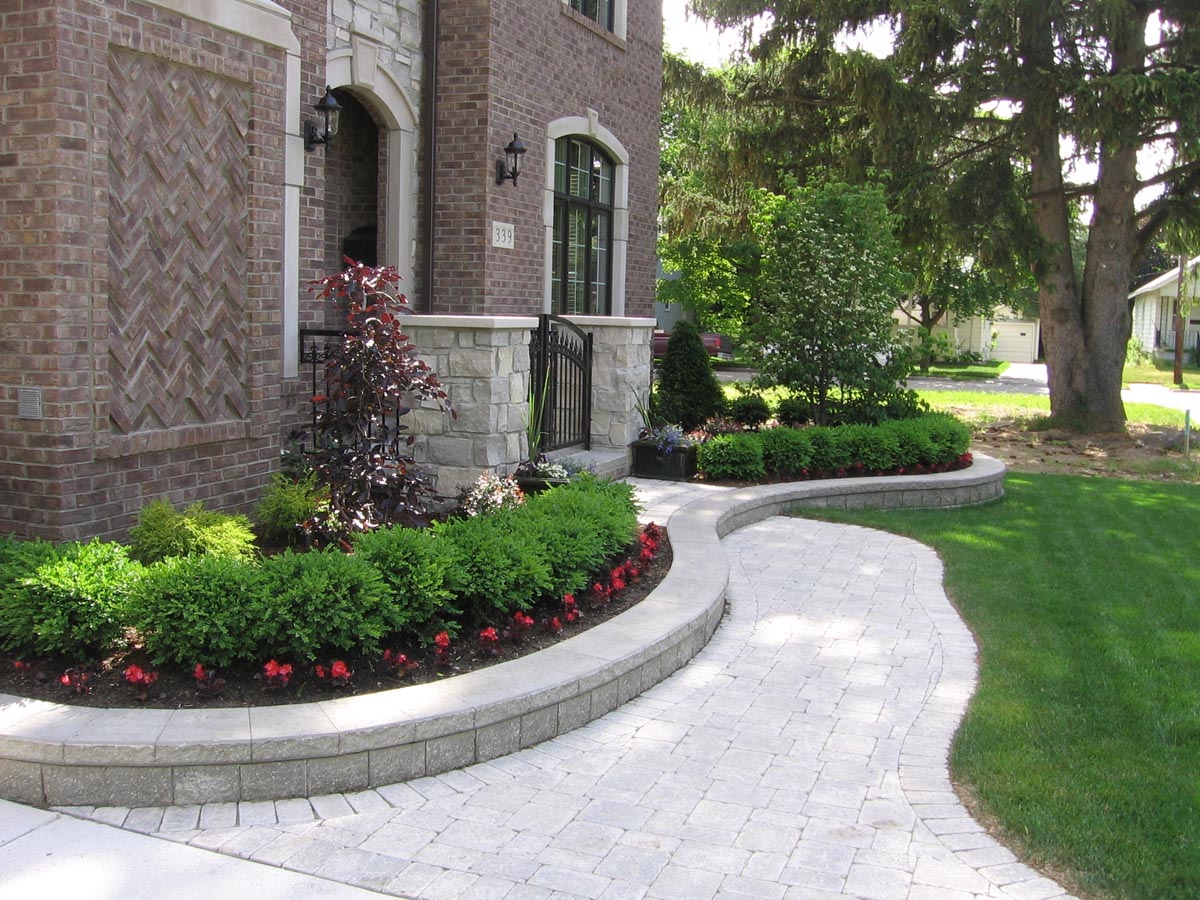10 Ways You Can Save On Water This Summer

Although April showers bring May flowers, summer often brings nothing but heat and drought. Keeping your plants blooming and crops thriving typically means constant watering, which is expensive and time-consuming.
If you want both your plants and wallet to be happy this summer, check out our favorite water-saving tips below.
1. Incorporate Ollas or Watering Spikes Into Your Garden

Watering spikes and ollas water your garden without waste. An olla is generally made from terra cotta or ceramic and (mostly) buried in the ground. Because terra cotta is porous (and ceramic is semi-porous), the olla water will slowly seep into the surrounding soil. Ollas can also be better for your plants because the roots will only take as much water as needed from the olla, preventing under and overwatering.
You can purchase ollas online, at a garden center, and even at your grocery store, or you can make your own using terra cotta pots. All you have to do is plug in the drainage hole with a cork (to prevent water from immediately rushing out), fill up the terra cotta pot with water, and place a drip plate/tray on top of the pot to keep pests away. When you’re burying the olla, you’ll want to bury it fairly deep. Ideally, you want the soil to reach the top of the pot, but you don’t want to bury it completely.
You can also try watering spikes, which are semi-porous ceramic stakes inserted directly into the soil. Similar to an olla, the spike contains a chamber of water that slowly seeps into the ground around it. You can also purchase watering spikes online or in-store. We recommend purchasing ceramic or terra cotta spikes over plastic ones. Plastic spikes are not porous, and although some come with adjustable drip settings, you still risk accidentally overwatering your plants.
2. Install a Drip System
Drip systems are made of hoses that snake along the ground, only emitting water in the location where water is needed. This helps prevent weeds from growing between rows of crops.
Most drip systems are adjustable, and some are even automated, to ensure plants aren’t getting too little or too much water. In automatic drip systems, you can program specific schedules for different areas, which is particularly great for gardens with plants or crops with different watering needs. Drip systems also deliver water directly to the base of the plants, which ensures they’re actually being watered. The issue with regular hose watering is that the water is often hitting the top of the plants/leaves first, which don’t need water. Applying water directly to the base is a more efficient and less costly way to use water.
Additionally, some drip systems allow you to automatically shut off water in the event of a leak, further reducing waste.
3. Opt for a Clover or Rock Lawn

Some yards just don’t need a lot of watering. Consider planting a clover lawn, which stays lush and green with almost no supplemental watering. You can also tear out your lawn and replace it with attractive rocks or pea gravel instead. It’s a significant change, but one that can simplify your yard work for years to come.
If you’re under an HOA, don’t install a clover or rock lawn until you’ve verified that this is OK with your board. Additionally, if you have a larger yard, a rock lawn will be expensive to install—you’re better off keeping the grass or going with a clover lawn.
4. Pick the Right Time to Water
Water evaporates fast in hot, windy, and dry conditions. By watering at the hottest point of the day, you can lose up to 30% of the water that you apply to your lawn. To avoid this water in the early morning or evening when the temperature has dropped and the lawn is in shade. That means no watering your lawn on your lunch breaks! We recommend watering around 7 a.m., and if you don’t want to wake up that early, anywhere between 7:30 and 8:30 p.m.
5. Use An Irrigation System for Your Lawn
Work with a professional to install a professional irrigation system. These systems save water by only watering the parts of your lawn or garden that need it. Most systems come with a timer that runs the water in the early morning or at dusk and sensors that prevent the system from running when it’s raining.
6. Use Mulch In Your Garden Beds

Mulch blankets the ground and shades the soil, helping retain water and preventing heat stress. With mulch protecting the soil, your plants can soak up more water for themselves while less water is lost to evaporation. Of course, you’ll still need to water your plants, but you may find yourself watering them less.
Read this blog to learn more about the best times to mulch your garden and this article to compare different mulch options.
7. Use a Soaker Hose
A soaker hose contains tiny pores. When water is turned on, the soaker hose seeps water out at a slow, steady rate. Soakers lay along the ground like drip irrigation systems, delivering water directly to the roots of your plants. This ensures more water goes to your plants and less water is lost to evaporation.
8. Don’t Water Every Day
Many plants don’t need watering every day. Know what kind of plants you’re growing and their watering needs. Many wildflowers, for example, can thrive in relatively dry conditions.
Only water as often as needed. You might water every other day or twice per week. Watch for signs of plant dehydration, and give your plants an extra drink when required.
It would be impossible to cover all of the different plants, so when you’re purchasing new fruit bushes, vegetables, flowers, etc., be sure to read how often they need to be watered, what soil conditions they need, and how to identify signs of dehydration/heat stress or overwatering. For example, many plants, like sunflowers, tomato plants, and pepper plants, will wilt when they’re overheating and dry in the day time and revive when temperatures are cooler. Other plants may have drooping leaves, brown spots, or totally brown leaves.
To make matters confusing, plants can also exhibit the same behavior when they’re overwatered. The point is—establish a watering schedule, and don’t assume they need watered every day.
9. Collect Rainwater

Buy a rain barrel or a water collection system and use it to water your flowers, crops, and lawn. This will make good use of water that would otherwise flow into the ground around your house.
You can purchase collection systems, make your own, or just place a bucket outside when it’s raining (the first two options are better). Keep in mind that some of the preconfigured systems can be an eyesore, so if you’re under an HOA, ensure that’s something your board would approve.
10. Plant Drought-Resistant Flowers

Lastly, planting drought-resistant flowers allows you to go longer stretches between watering and save on water throughout the season. Naturally, native plants require less water as they’re already acclimated to your environment versus plants outside your hardiness zone.
Some examples of flowers that thrive well in Michigan (and other areas in Zones 5 and 6) include:
- Sedum: Sedum is a popular garden plant that can take many forms and colors. Once established, sedum is tolerant of dry soils and can perform exceptionally well in wet environments, too.
- Daylily: Once established, daylilies can live for decades with little care from a gardener. They tolerate dry soils, often require no supplemental watering, and can tolerate part shade.
- Russian Sage: This shrub-like plant attracts bees and boasts understated blue flowers that can add sophistication to your garden.
- Cornflowers: These tall plants can be naturally found in prairies. Bees love them; you will love their vibrant blue coloring that can be maintained with little to no water.
- Coneflowers: Similar to cornflowers, coneflowers are well-loved by bees (and birds!) and thrive on little to no water. The only issue with this plant is that they re-seed like crazy, so you’ll want to keep an eye on them. If you’re OK with them spreading everywhere, they are relatively low-maintenance.
- Yarrow: These plants can grow red, pink, yellow, and/or white flowers in sunny conditions. They’re also incredibly tough and are beautiful once well-established. You can even use their flowers and leaves in herbal tea blends.
- Butterfly Weed: If you want more butterflies in your garden, plant butterfly weed (sometimes called milkweed). Despite “weed” being in its name, the plant is actually quite beautiful, with bright orange blooms. The plant will get big (around 4 feet tall and over 2 feet wide), so make sure you give it enough space to grow. If you’re growing it from seed, sow it in the ground rather than starting it indoors, and do it in the early spring or fall because it needs cooler soil temperatures to germinate.
Get More Tips From Design One
At Design One, we’re dedicated to helping you save time and money by offering customized landscaping solutions. Whether you need help installing an irrigation system or designing a garden with drought-resistant plants, we’re ready to help.
Please contact us today to learn more about our services or to request a free estimate. We proudly serve homeowners and businesses in Southeast Michigan. If you’re looking for more gardening and landscaping tips, you can visit our blog.
As a residential and commercial landscaping company in Michigan, we’re experienced in both property care and landscaping design. With over 40 years of experience in the industry, Design One is great source of information when it comes to your Michigan lawn care needs! From preliminary design mapping, to irrigation and the types of plants you might want on your priority, we cover it all.


